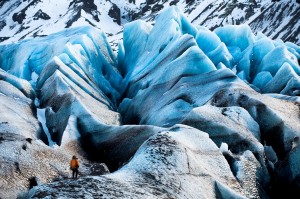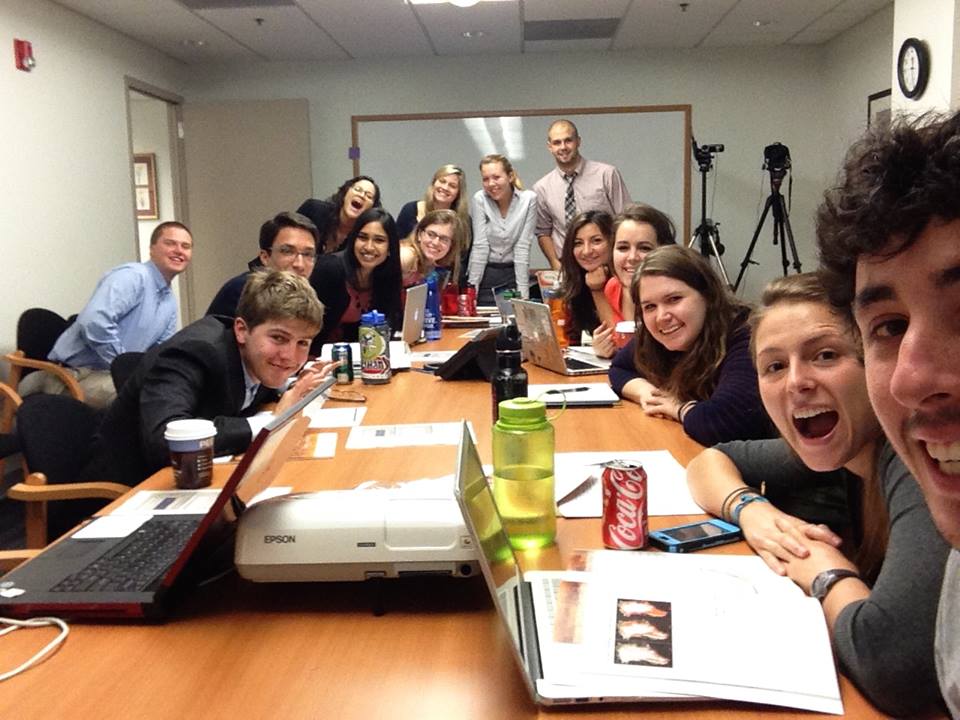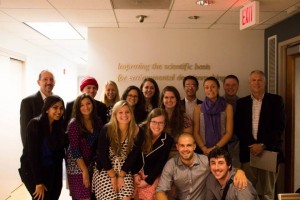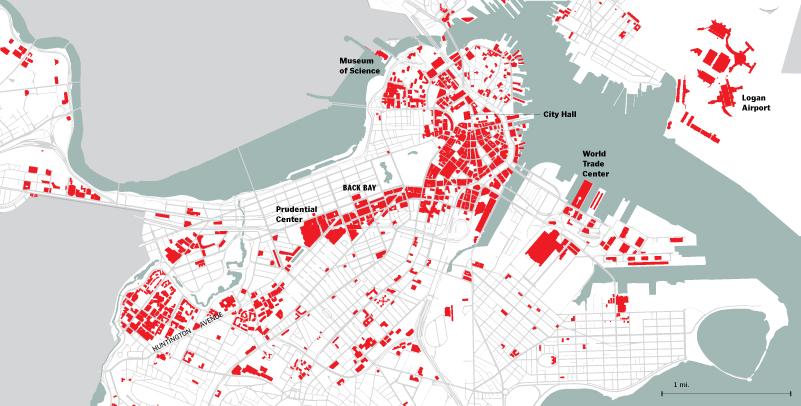Lets face it, Halloween is all about the candy! Every October, Americans spend at least $2 Billion dollars on Halloween candy. However, what most people don’t realize is that the environmental impact of these sweet treats is actually a trick. Here is the low down on Halloween candy, and how you can avoid the tricks and enjoy more treats.
Palm oil, a type of edible vegetable oil grown specifically in tropical climates, is an extremely versatile cooking oil that, among many other household items, is also found in candies. Palm oil is inexpensive and can be found in “50 percent of items found in supermarkets” (Donlon, 2014). This global commodity is extremely popular and production rates are doubling. So what is the problem with palm oil? Palm oil is a driving force of deforestation, loss of biodiversity, and greenhouse gas emissions, which are all contributing factors to climate change. Large areas of tropical forests have been destroyed throughout Latin America, Asia, and Africa in order to clear land for palm plantations. This process of deforestation has several impacts on the environment. The process of clearing the land involves slash and burn agriculture, which is the deliberate burning down of forests. This burning results in habitat loss and species disruption, which in some cases is leading to extinction. The clearing of the land also makes it easier for poachers to capture and sell wildlife. Orangoutangs are often targeted by poachers. Not only does this impact wildlife, but also it releases stored carbon into the atmosphere, thus altering the concentrations of greenhouse gasses. This is just one aspect that shows the unsustainable side of Halloween.
Read further on sustainable chocolate!
This Halloween be “HalloGREEN” and refrain from consuming candies containing palm oil!
See how to enjoy Halloween treats without destroying the planet here!
Find more information about Palm Oil and how to get involved!!
Happy HalloGREEN !!
Donlon, Diana. “Trick or Treat? The Frightening Climate Costs of Halloween Candy.” The Huffington Post. TheHuffingtonPost.com, 24 Oct. 2014. Web. 28 Oct. 2014.














